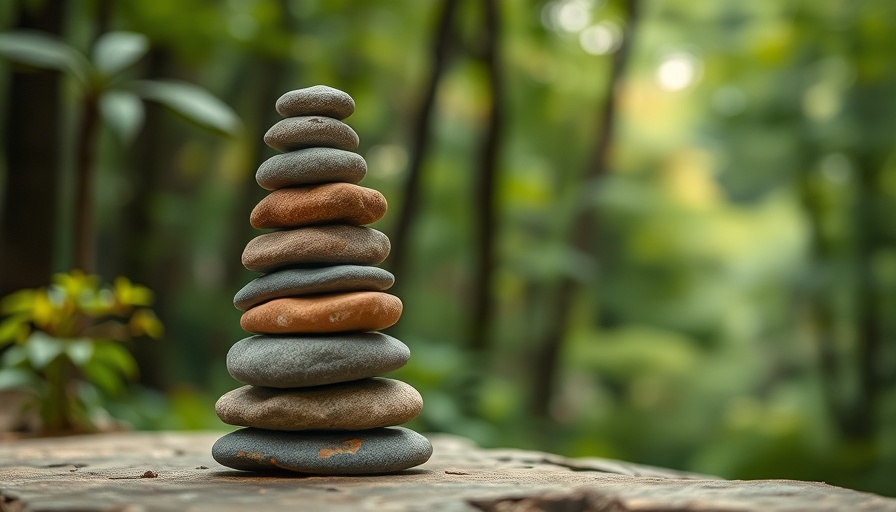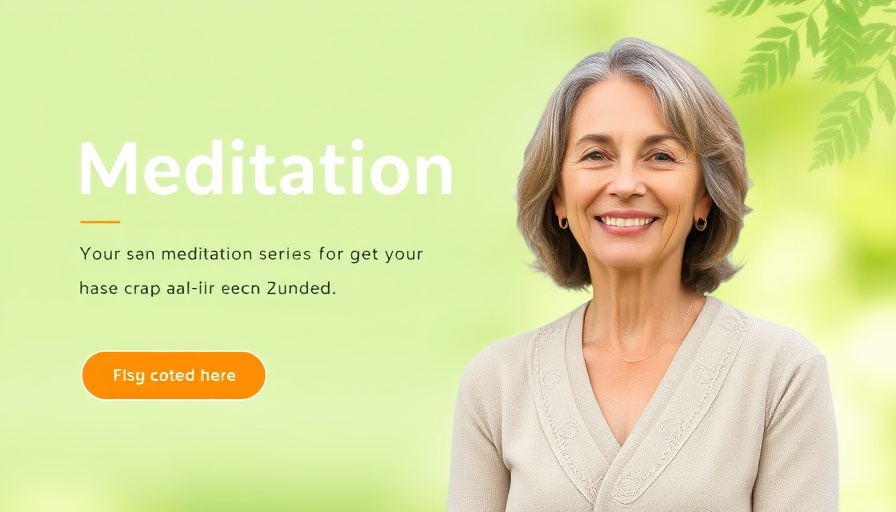
The Transformative Power of Meditation Teachers
In a world filled with distractions and obligations, many individuals turn to meditation as a refuge and a means to cultivate inner peace. Yet, while some may choose to establish a practice independently, the expertise of a trained meditation teacher can significantly amplify and deepen that journey. As highlighted by Barry Boyce, an exceptional teacher not only imparts knowledge but also ignites an understanding within students, allowing them to trust their innate wisdom.
Why a Teacher Matters
Finding a qualified meditation teacher can usher you into the depths of your practice, leading to breakthroughs that self-guided sessions may not provide. Personal mentors in meditation foster a nurturing environment that promotes both fellowship and leadership, essentials that robustly support one’s mindfulness journey. These experienced guides help students navigate through common challenges, providing essential feedback and encouragement to overcome obstacles, just as a musical instructor corrects technique and sharpens skill.
A Variety of Teaching Formats
Today, meditation teachers come in many dynamic forms. Whether through in-person classes, guided online sessions, insightful books, or dedicated mindfulness apps, the options are vast. Online platforms have revolutionized access; individuals can now learn from world-renowned experts without geographical barriers. This diversity allows practitioners to find the right match for their individual learning styles, whether they thrive on personal interaction or prefer self-paced study.
Three Elements of Support
1. **Fellowship**: A good meditation community can foster meaningful connections, making practice less isolating. Sharing experiences with others who are on similar journeys can bolster motivation and resilience.
2. **Mentorship**: Teachers offer tailored guidance that adapts to individual needs. This personalized approach can illuminate aspects of one’s practice that may go unnoticed in solitary practice.
3. **Leadership**: Exceptional teachers model the principles of mindfulness through their own lives, inspiring students to integrate these teachings practically. Their wisdom not only enriches personal practice but enhances the entire meditation community.
Identifying the Right Teacher
When seeking a meditation teacher, consider factors such as teaching style, experience, and personal fit. Don’t hesitate to explore multiple resources before committing to one, as each teacher possesses unique insights that might resonate differently with you. Joining various classes or workshops can also inform your decision and help you assess how they align with your practice goals.
Common Misconceptions About Meditation
One prevalent myth is that meditation requires complete silence or ideal environmental conditions. In reality, the beauty of mindfulness lies in its adaptability; distractions can be integrated into practice. A skilled teacher aids in navigating such challenges, helping practitioners maintain focus amidst chaos.
Embracing the Journey of Mindfulness
If you're contemplating deepening your meditation practice, engaging with a knowledgeable teacher can serve as a significant catalyst for growth. Their mentorship not only illuminates the path toward self-discovery but also reinforces the foundational aspects of mindfulness that can be easy to overlook in our busy lives.
Take Action: Find Your Teacher
Considering the powerful impact a meditation teacher can have on your practice, it is crucial to take the first step. Explore local meditation studios, online platforms, and community resources to find a teacher who resonates with you. Remember, your journey toward mindfulness is unique—embrace it wholeheartedly by seeking the support that can elevate your practice.
 Add Row
Add Row  Add
Add 




Write A Comment